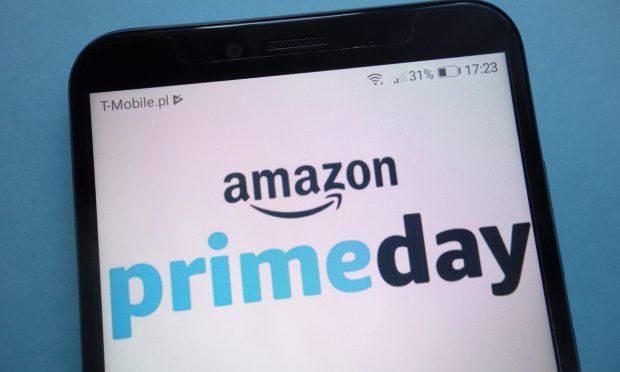All Eyes on Amazon Prime Day as Inflation, Competition Cloud the Forecast

Amazon Prime Day 2022 is off and running, as are similar sales from other major retailers blowing out the overstocks built up to counter supply chain issues and now taking up space as back-to-school looms and the more ambitious among us start strategizing for holiday shopping.
Perhaps the biggest difference in Amazon’s use of Prime Day this year versus last is that there will be two — the eCommerce giant has a second event planned for the fourth quarter.
CNBC reported in late June that the company “recently began notifying select third-party merchants of a ‘Prime Fall’ deal event via its internal seller portal, called Seller Central. The notice doesn’t announce any dates but instructs sellers to submit limited-time ‘lightning deals’ by July 22, well in advance of the fourth-quarter event.”
As for Amazon’s July 12 and 13 summer sale, it’s competing with everyone from Best Buy (Black Friday in July) to Target (Deal Days) to Walmart’s strategy of beating Amazon to market with its summer sale by more than a month and continuing to focus on clearance pricing across the board.
On Sunday (July 10) Rakuten Retail and Shopping Expert Kristen Gall told Yahoo News, “Even retailers that have been notorious for never doing big sales are offering discounts because they have so much inventory that they need to clear out. So, it’s a consumer’s market this year.”
Even if it is a buyer’s market, the outlook is mixed. In its own analysis, discounting platform RetailMeNot said “88% of those who have Prime memberships say they’ll shop on Prime Day this year. However, while they’ll be showing up at the party, they’re not going as big. The average Prime Day shopper plans to spend $388 on Prime Day this year, a stark drop-off from 2021, when we saw an average planned Prime Day spend of $594.”
Hence two Prime Days in one year — a first for the eCommerce giant — which is taking some knocks after finding itself overstaffed and overstocked as 2022 began.
See also: One Demographic Could Make or Break Amazon Prime Day This Year
Timing Is Everything
On Tuesday (July 12) US News & World Report said, “Amazon doesn’t disclose total Prime Day sales, though research firm Insider Intelligence suggests sales could climb to about $7.76 billion in the U.S. alone — or 16.8% over last year — in part because of the event’s mid-July timing, which compared to last year’s June date would allow the company to capture more consumers doing back-to-school shopping.”
For the PYMNTS report “Walmart+ Weekend: Prime Day Rival Or Trip To The Grocery Store” we surveyed 1,047 Walmart+ subscribers and 2,055 Amazon Prime subscribers including hundreds that participated in both, comparing Prime Day 2021 to Walmart’s June 2-5 online event.
Per that report, 57% of Walmart+ subscribers who shopped its June event bought groceries, “versus just 24% of Prime members who did so during Prime Day 2021. This indicates that the biggest impact of Walmart+ Weekend was to incentivize members to stock up on groceries in advance, frontloading essential spending that was already in their budgets to capture discounts.”
Get the report: Walmart+ Weekend: Prime Day Rival Or Trip To The Grocery Store
As US News concluded, “Retail sales figures for June, due to be released Friday, will shed more light on how e-commerce is faring. The most recent figures from May showed online sales falling 1% while overall retail sales declined 0.3% from April amid skyrocketing inflation.”
See also: Amazon Prime Day Will Face Aggressive Rivals, Inflation-Weary Consumers
For all PYMNTS retail coverage, subscribe to the daily Retail Newsletter.
